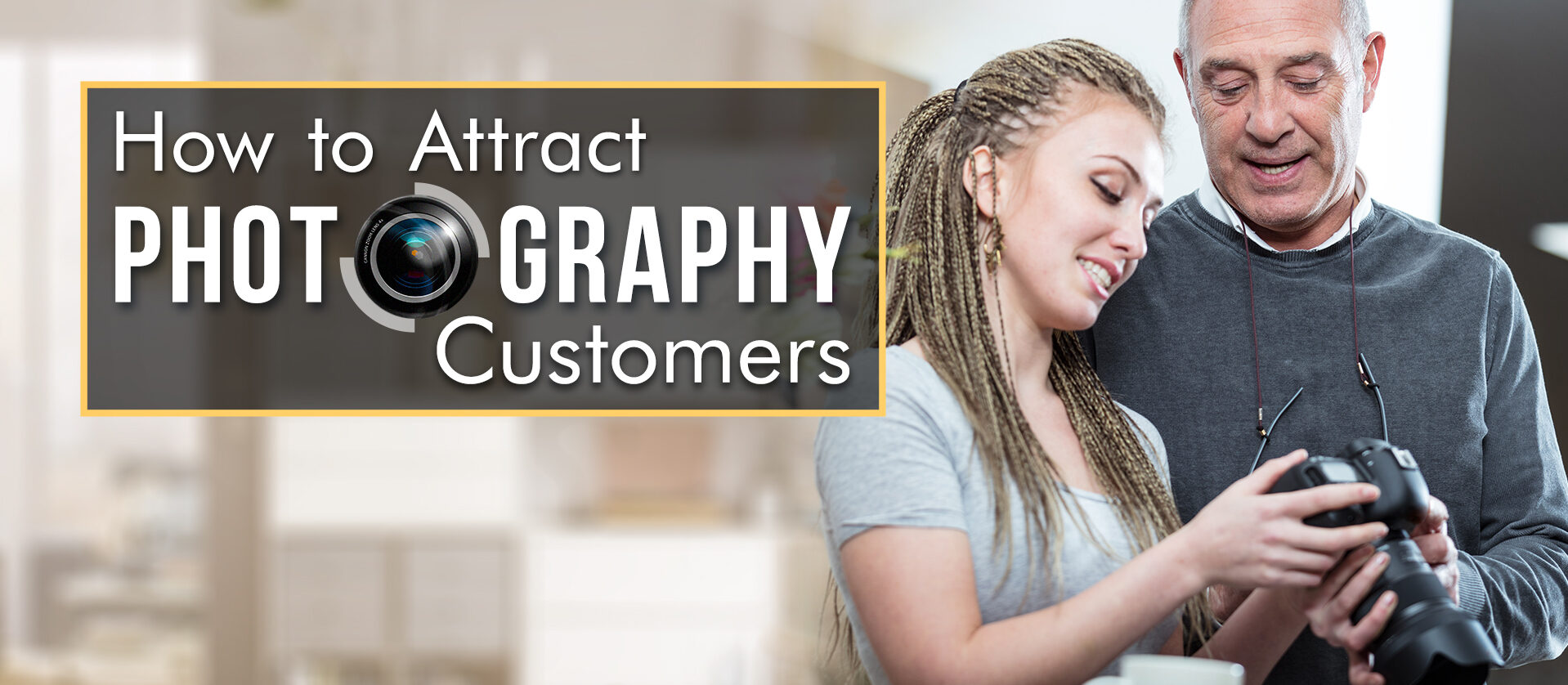Automatic cameras are great for everyday snapshots, but can be challenging when it comes to photographing nature. After all, it’s difficult for you to make adjustments when your camera insists on doing things its preprogrammed way. Here, however, are some things you can do to get some good shots:
- The middle of the day, around noon, or when the sun is really bright, is the worst time to try and get some nature shots. The sun typically bleaches the pictures out pretty badly.
– Believe it or not, gloomy, overcast days will yield much better photos. Early morning or late afternoon is good as well, and you can often get some interesting pictures with the sun’s slanted rays. Timing, as they say, is everything- and that definitely pertains to shooting photos outdoors.
– Watch the wind. You will want to set up a tripod, and tripods and wind do not get along.
- Tripod use will let you shoot at slower speeds, not to mention stabilize your shots. Slower speeds help to saturate the pictures with color, and turn ho-hum pictures into “wow” pictures. There is a reason why professional photographers utilize tripods, and why you should, too. Have a look at these few tripod techniques.
- Shoot your pictures at the lowest possible speed. That means a shutter speed of 1/30th of a second or less, if you can.
- Think carefully about your composition. Especially with close-up photos, you’ll want to avoid any distracting objects, like sticks and dried leaves.
- Always use a professional photography shop that uses high-quality papers and chemicals. The small extra cost is well worth it.
- To take even better garden photographs, invest in a good-quality camera with manual over-ride settings.
- Take photographs of your garden in all of the different seasons. The colors will change, and in winter might be devoid of much color at all, but even those pictures will be interesting with patterns and textures.
- Pictures of flowers, birds, and even insects look beautiful when set against a colorful garden. You may even have a deer or bunny wonder into the frame.
- Flower photography is tough, but the key is to get as close as you can with a telephoto lens set on a tripod.
- Using a low F/number will isolate the flower that you’re trying to photograph and get rid of the unwanted background clutter, keeping all of the focus on your beautiful flower. Experiment with your depth of field.
- Using your flash can rid of your outdoor photographs of blur and make your pictures sharper.
- To get good pictures of birds, get up early when they do. Set up your camera before sunrise and try to create a camouflage so that they don’t really see you. Put out some bait in the garden to attract them in and draw them close to you.
- Early morning mist on the garden leaves and flower petals can look absolutely stunning when photographed close-up.
- In the evening, use garden statues, trellises or other garden objects to create silhouette photographs as the sun sets.
Probably the most important tip anyone can give about nature photography is that patience is the most important thing. You’re at home, in your own garden, but waiting until just the right moment can give you the best results from your garden photography. Be patient, and you will find some absolutely amazing shots in your own yard.


